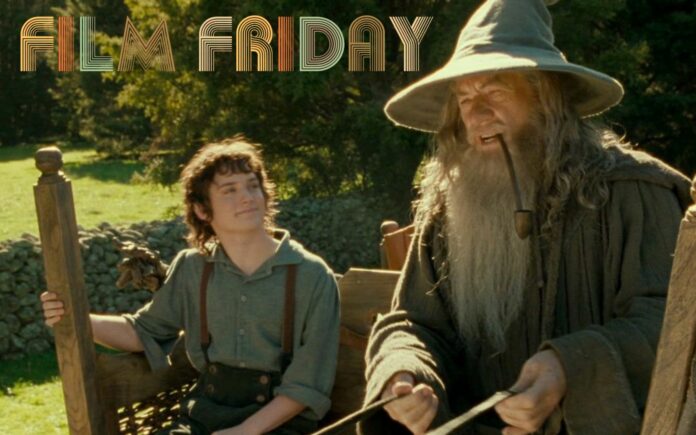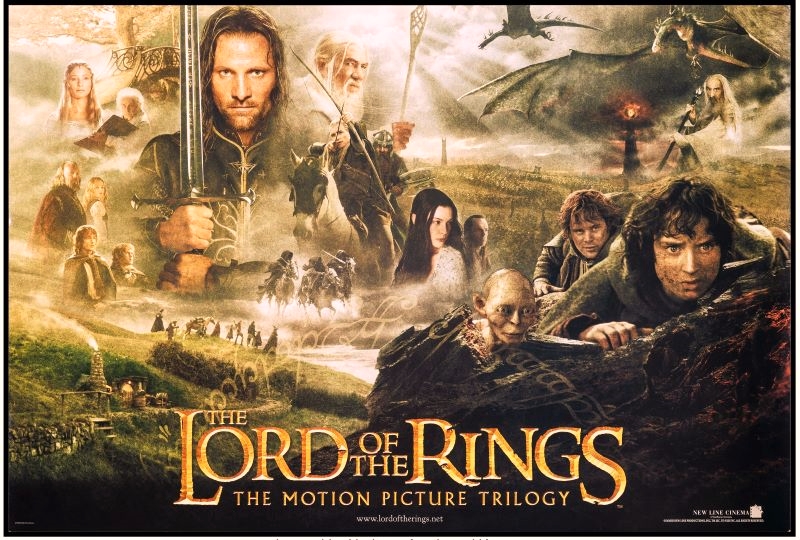
J.R.R. Tolkien’s timeless masterpiece, “The Lord of the Rings,” found its cinematic realization in the monumental film trilogy directed by Peter Jackson. Comprising “The Fellowship of the Ring” (2001), “The Two Towers” (2002), and “The Return of the King” (2003), this cinematic journey through Middle-earth captivates audiences with its rich storytelling, breathtaking visuals, and impeccable character portrayals.
The trilogy’s success can be largely credited to its faithful adaptation of Tolkien’s intricate narrative. From the happy go lucky landscapes of the Shire to the menacing Mount Doom, the films brought Middle-earth to life with remarkable detail and authenticity. Peter Jackson’s commitment to preserving the essence of the source material while making necessary adjustments for the cinematic medium resonated with both die-hard fans and newcomers, solidifying the trilogy’s place in film history.

Visually, “The Lord of the Rings” films set a new standard for epic fantasy. The groundbreaking use of special effects mixed with practical filmmaking techniques created a visually stunning world. Weta Workshop’s craftsmanship in designing costumes, props, and intricate sets, combined with the seamless integration of CGI, contributed to the trilogy’s immersive quality. The attention to detail, from the Elvish architecture to the distinctive weapons of the different races, showcased a level of dedication that elevated the films beyond a mere adaptation.
Central to the trilogy’s success is the stellar ensemble cast that breathed life into Tolkien’s iconic characters. Elijah Wood’s portrayal of Frodo Baggins, Ian McKellen’s iconic Gandalf, and Viggo Mortensen’s charismatic Aragorn stand out among a cast that delivered performances of unparalleled depth and authenticity. The chemistry between the characters, the development of their relationships, and the emotional arcs contributed to the films’ emotional resonance, transcending the fantasy genre.

“The Return of the King,” the final installment, garnered critical acclaim and made history at the 76th Academy Awards by winning all 11 Oscars for which it was nominated, including Best Picture. This unprecedented sweep highlighted not only the film’s artistic achievement but also its impact. It remains one of the most decorated films in Oscar history, a testament to its lasting influence on the film industry itself.
Beyond the praises, The Lord of the Rings films left an indelible mark on pop culture and how movies are made. The trilogy’s success paved the way for the resurgence of fantasy in mainstream cinema, influencing subsequent franchises and expanding the possibilities of what could be achieved in the genre. The extended editions, featuring additional scenes and insights, further solidified the trilogy’s status, captivating audiences for hours on end.






